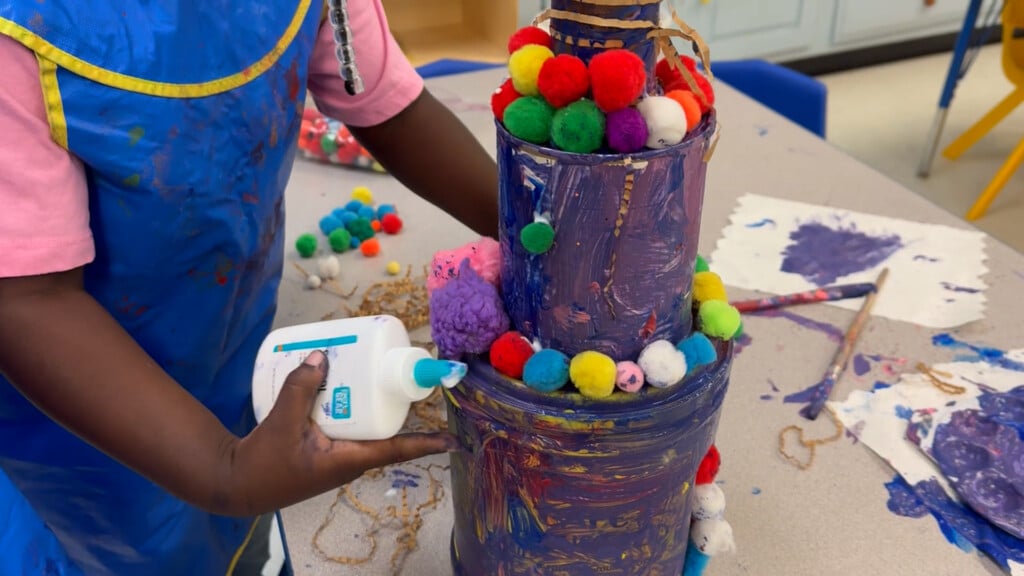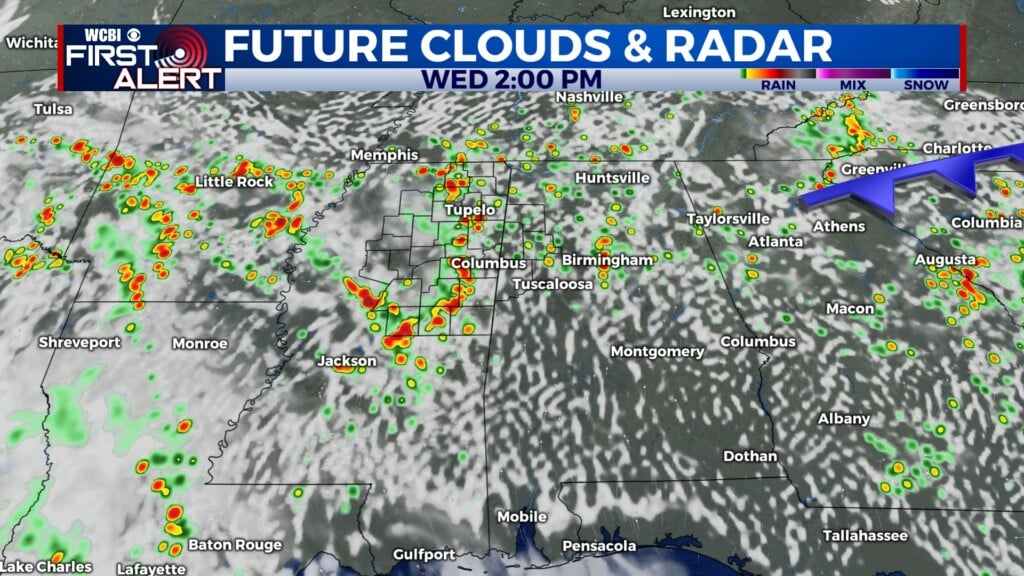Stay-at-home orders create “perfect storm for child abuse”
Many experts predicted at the start of the coronavirus pandemic that widespread self-isolation would lead to a rise in child abuse. Now, they believe cases are being underreported.
Calls to child abuse hotlines have gone down since stay-at-home orders took effect by around 50% in some states. Only the most extreme child abuse cases are being reported, according to some of the 40 child welfare workers who submitted video diaries to CBS News about how the outbreak is putting kids and workers at risk.
“Just got a call about a child fatality in our area, and it just goes right along with the fact that this is a perfect storm for child abuse,” said Courtney McKinnon in Springfield, Ohio.
“Even though a lot of people are staying at home right now, child abuse does not stop, and it’s often heightened in these difficult situations,” said John Humber in Lakeland, Florida.
“The physical abuse cases that we are seeing are kids that are being severely physically abused and needing medical treatment. Kids with broken bones, kids with visible bruises, kids with head injuries,” said Angela Haslett in Fairfax, Virginia.
With stay-at-home orders, new factors come into play, McKinnon said.
“You know, nobody really wakes up in the morning and says, ‘Oh, I think I’m going to kill my kid today.’ You know, it comes from frustration and anger and stress and that’s when kids get hurt,” she said.
“Parents are struggling both with losing jobs, putting food on the table, the stressors of homeschooling kids, and all of that,” said Dr. Paula Wolfteich in Huntsville, Alabama.
Children also don’t have contact with people who would normally report signs of abuse, said Carolina Castano in Philadelphia.
“The mandated reporters, the teachers, the counselors, or even friends who then tell an adult about what’s going on,” she said.
There are unique challenges for the child welfare workers as well, whether they’re working from home or meeting with children in the field.
“When you go, fully face masked and gloved and hope for the best, try not to touch anything,” said Brittany Watkins in Los Angeles.
They have had to come up with different ways to interview kids, said Crimson Barocca in Baltimore.
“We have things jerry-rigged so that we can set up a safe process where an interviewer sits and the child sits and they communicate via a video conferencing,” Barocca said. “I just finished interviewing a young child here at Baltimore Child Abuse Center using our tele-forensic interviewing setup. It was extremely challenging.”
Watkins said the hardest part is her family’s reaction to her needing to go out in the field.
“Truth be told, before I left, I had about a 15-minute argument about whether or not I really needed to go,” Watkins said.
“I myself was tested positive four weeks ago,” said Fatima Campbell in New York City. “And you know, the experience with people passing around me, it was just like, you know, scary. It was nerve-racking, so I can understand the fear that my staff can have as far as coming to work every day.”
Despite the danger, they’re doing whatever it takes to keep children safe.
“We’re going to be there. No matter what that means,” said Patric Van Dyke in Sanford, Florida.
“For me, it’s not even a question. I have no problem risking my life in order to help a kid that’s possibly being sexually abused,” McKinnon said. “I can’t really think of anything else in this world that would be worth it more.”
Hospitals like Cook Children’s in Fort Worth, Texas are reporting an increase in severe child abuse cases. Since mid-March, it’s had nine reports of abuse, including three ending in deaths. All of them were children under 4 years old.





Leave a Reply